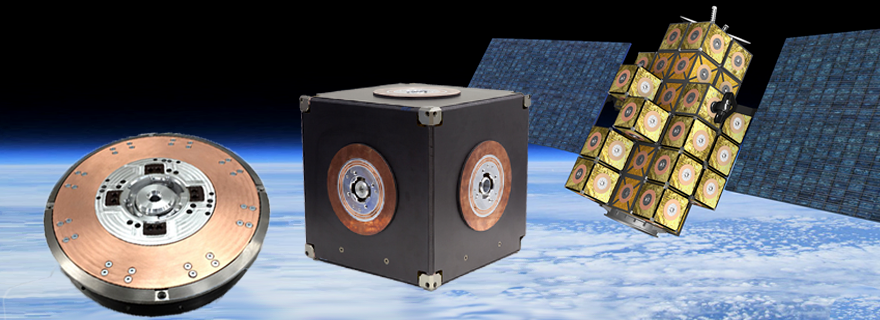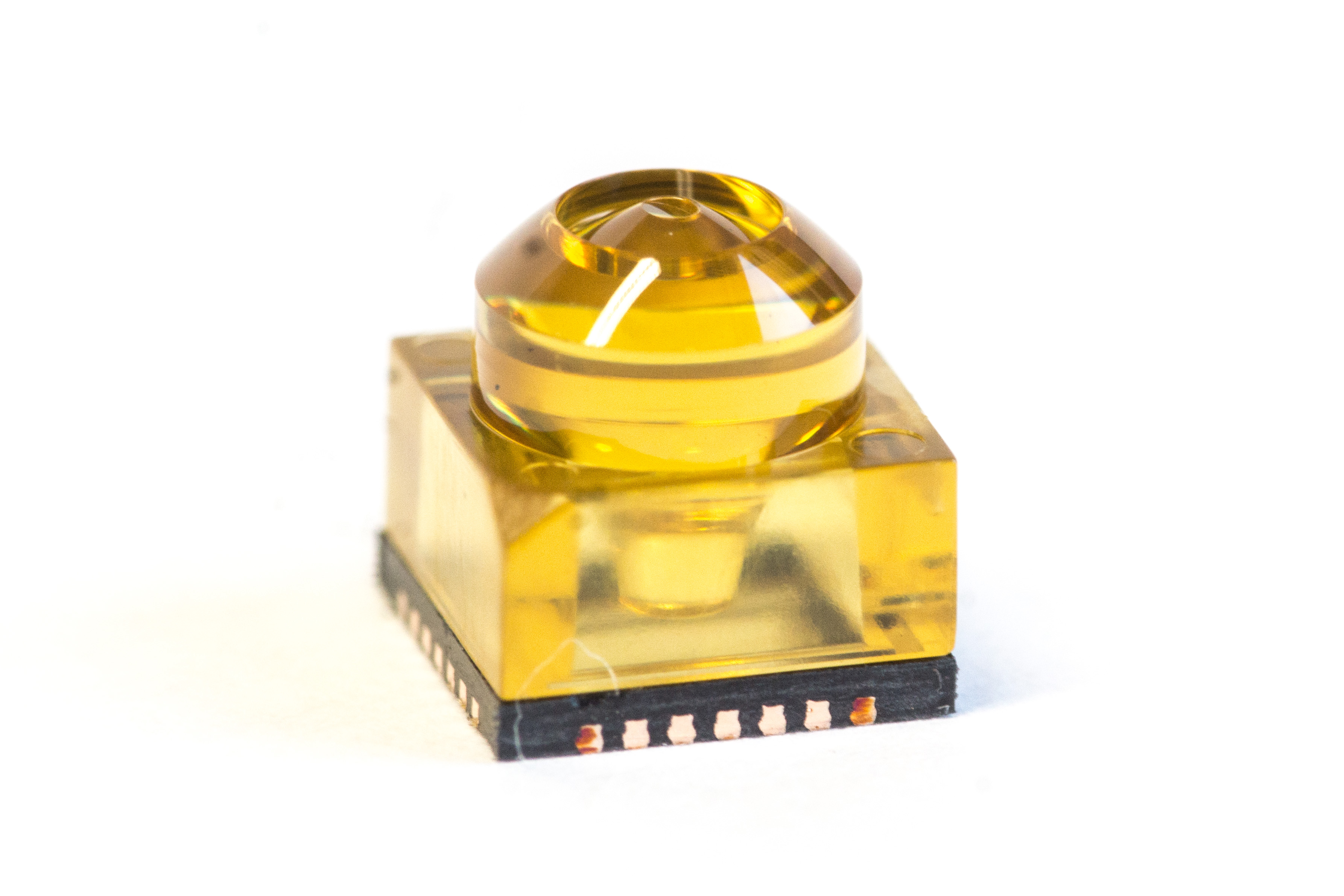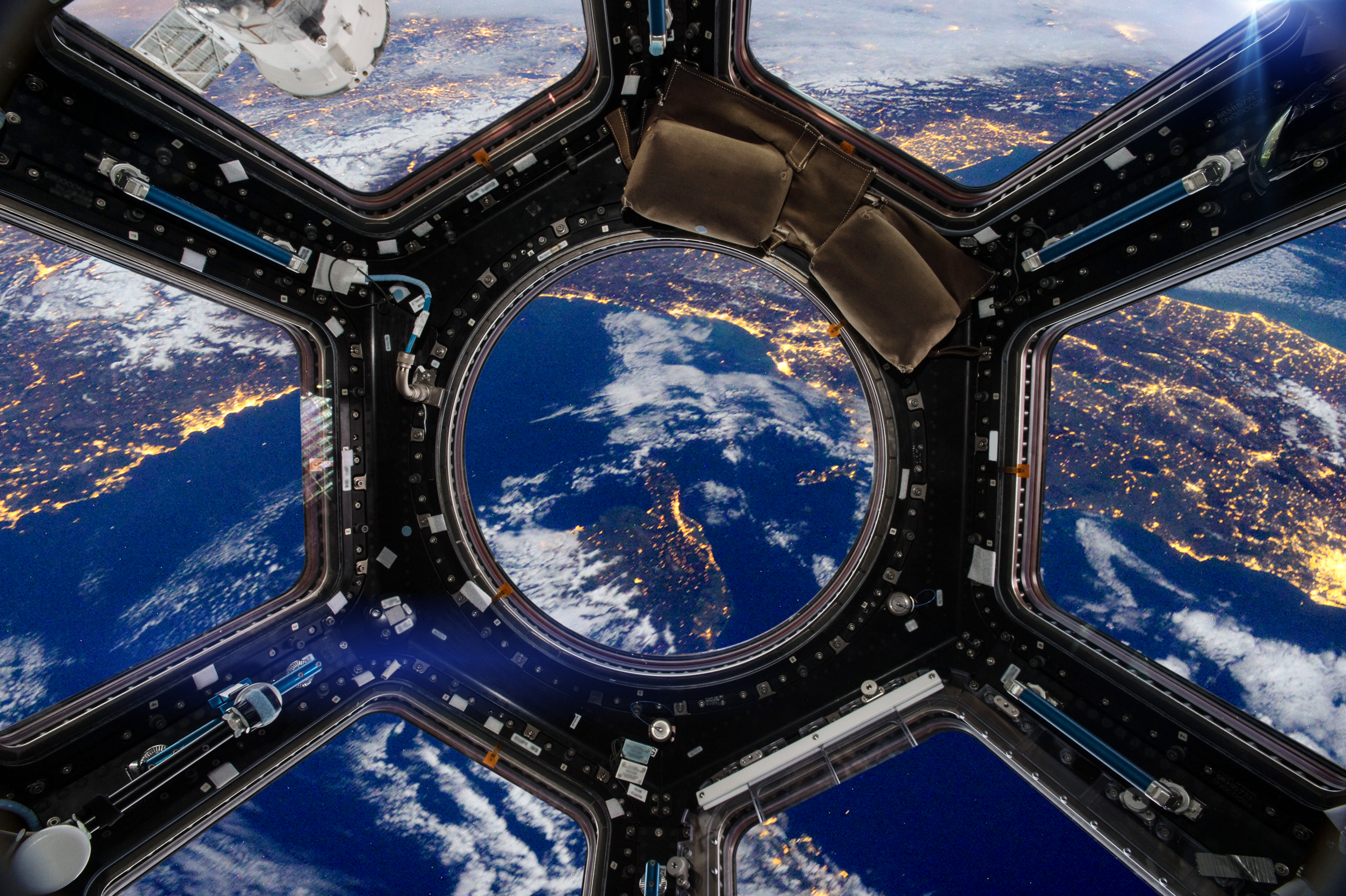Next-Generation Earth Observation: Smarter Imaging from Space with Fraunhofer IPMS
Space Applications


Earth observation technologies are critical for understanding environmental change, supporting sustainable development, and addressing socio-ecological challenges. Today’s satellite imaging systems, however, still face limitations such as low spatial resolution (~1 km), long acquisition times (often several days), and restricted spectral coverage (mostly visible light).
The EU-funded project SURPRISE has addressed these challenges by introducing advanced space-based camera systems using spatial light modulators (SLMs), an area in which Fraunhofer IPMS has long-standing expertise.
A New Imaging Paradigm for Space: VIS–NIR–MIR Spectral Coverage & Real-Time Data
The project's goal was to develop a space-ready imaging demonstrator that leverages:
- Broadband spectral capability across the visible (VIS), near-infrared (NIR), and mid-infrared (MIR) ranges
- Higher ground resolution for sharper environmental insights
- Integrated on-board data processing and real-time encryption
- Compressive Sensing (CS) to reduce data load and enhance security
CS technology enables the creation of high-resolution images using a single-pixel detector, making it especially valuable for the MIR range, where conventional 2D detectors are lacking. This results in more compact, energy-efficient systems and allows native data encryption during acquisition, which is an advantage for secure Earth observation applications.
Fraunhofer IPMS: Enabling Space-Qualified Optoelectronic Components
Fraunhofer IPMS has contributed its deep know-how in spatial light modulators to design and develop an SLM optimized for the harsh conditions of space. This includes:
- Radiation-resistant MEMS design
- Robust operation across thermal extremes
- Compatibility with satellite systems and data pipelines
In the three-and-a-half-year project, which was completed in June 2023, an SLM of the current technology generation from Fraunhofer IPMS successfully underwent a test under space conditions. The 256 x 256 pixel device was evaluated for temperature (from -40 °C to 80 °C), vacuum (< 10-5 mbar), and vibrations in the X, Y, and Z axes. Not a single pixel failed. These experimental findings, together with the simulation results, confirm the robustness of the spatial light modulators from Fraunhofer IPMS and encourage further activities for the development of SLM technology for space.
 Fraunhofer Institute for Photonic Microsystems
Fraunhofer Institute for Photonic Microsystems





